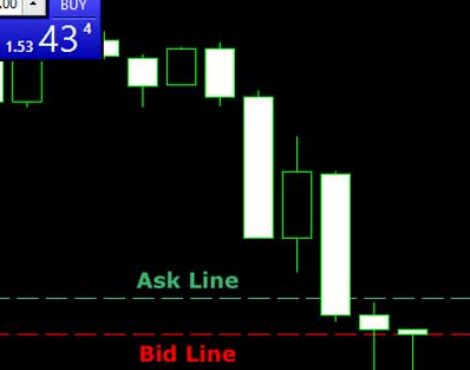In the world of trading, leverage is often seen as a powerful tool that allows traders to amplify their returns by borrowing capital to increase their exposure to the market. However, like a double-edged sword, leverage can also magnify losses, making it a risky tool that requires careful consideration and responsible use. In this article, we will explore the concept of leverage in trading, its benefits and risks, and how to use it responsibly, as well as examine the impact of leverage on market volatility and case studies of leverage gone wrong.
Understanding Leverage in Trading

Leverage in trading refers to the use of borrowed funds to increase the size of a trade. This allows traders to control a larger position with a smaller amount of their own capital, effectively multiplying their potential gains or losses. Leverage is typically expressed as a ratio, such as 1:50 or 1:100, indicating how much a trader can borrow for every dollar of their own capital. For example, a leverage ratio of 1:100 means that for every $1 a trader puts in, they can control a position worth $100.
The Benefits of Using Leverage

Using leverage in trading can offer several benefits to traders:
- Amplified Returns: Leverage allows traders to increase their potential profits by controlling a larger position size.
- Access to Expensive Assets: Leverage enables traders to invest in assets that may be otherwise out of their financial reach.
- Capital Efficiency: Traders can use leverage to make multiple trades with a smaller amount of capital, freeing up funds for other investments.
The Risks of Trading with Leverage

While leverage can offer significant benefits, it also comes with substantial risks:
- Amplified Losses: Just as leverage can amplify gains, it can also amplify losses, potentially leading to a loss of the entire investment or more.
- Margin Calls: If a leveraged position moves against the trader, they may be required to deposit more funds to maintain the position, known as a margin call.
- Increased Volatility: Leverage can make the market more volatile as small price movements can result in large gains or losses.
How to Use Leverage Responsibly

Using leverage responsibly is essential for managing risk and preserving capital:
- Start Small: Traders new to leverage should start with lower leverage ratios to minimize potential losses.
- Set Stop-Loss Orders: Setting stop-loss orders can help traders limit their losses in case the market moves against them.
- Manage Risk: Traders should calculate their risk tolerance and adjust their leverage accordingly.
- Monitor Positions: Traders using leverage should closely monitor their positions and be prepared to act quickly if the market turns.
The Impact of Leverage on Market Volatility

Leverage can have a significant impact on market volatility, as small price movements can trigger larger reactions from leveraged traders. This can create a feedback loop, where volatility leads to more leverage, which in turn leads to more volatility. As a result, markets can become more unpredictable and harder to navigate for all traders.
Case Studies: Leverage Gone Wrong

There are numerous examples of leverage gone wrong, where traders have suffered significant losses due to irresponsible use of leverage. Here are a few notable cases:
- The collapse of Long-Term Capital Management in 1998, which was heavily leveraged and unable to meet margin calls during a market downturn.
- The bankruptcy of MF Global in 2011, which used excessive leverage to invest in European sovereign debt.
Comparison Table: Benefits and Risks of Leverage
| Benefits | Risks |
|---|---|
| Amplified Returns | Amplified Losses |
| Access to Expensive Assets | Margin Calls |
| Capital Efficiency | Increased Volatility |
Conclusion:
Leverage in trading is a powerful tool that can offer traders the potential for higher returns, but it also comes with significant risks. It is essential for traders to understand the concept of leverage, its benefits and drawbacks, and how to use it responsibly. By doing so, traders can minimize their risk and maximize their potential for success in the market.



